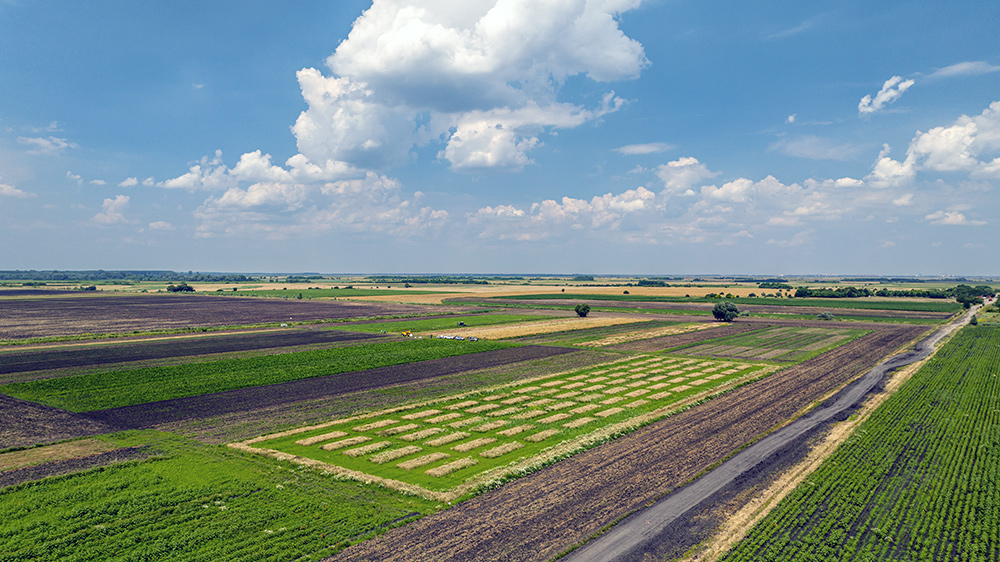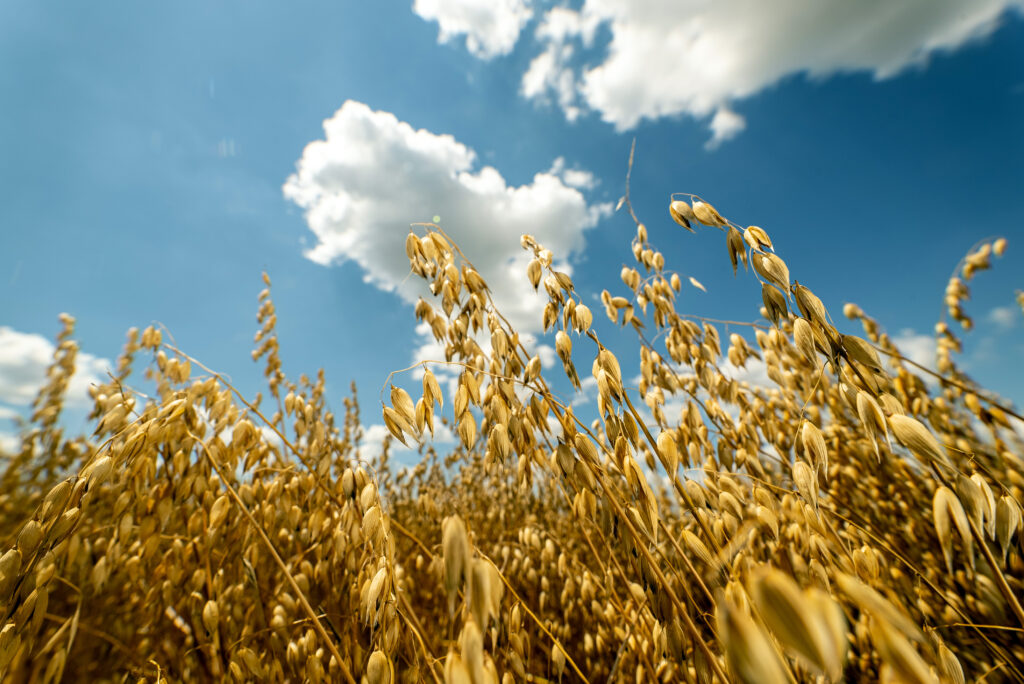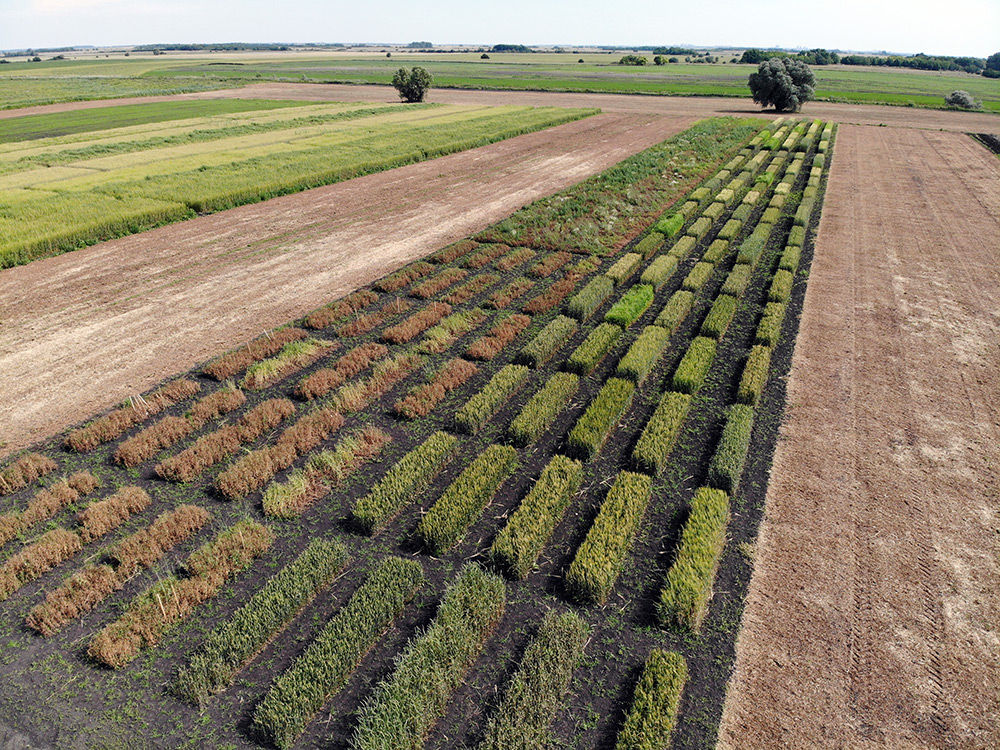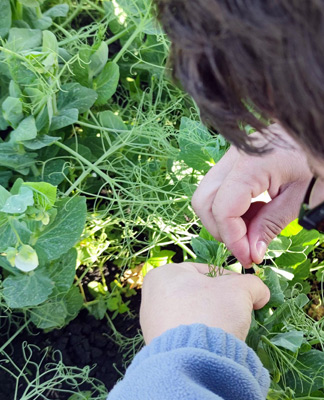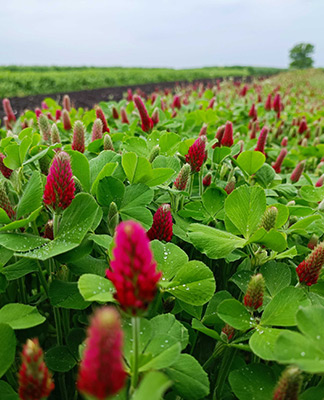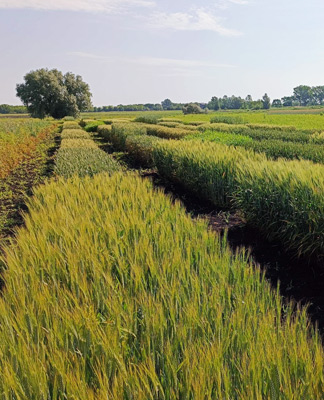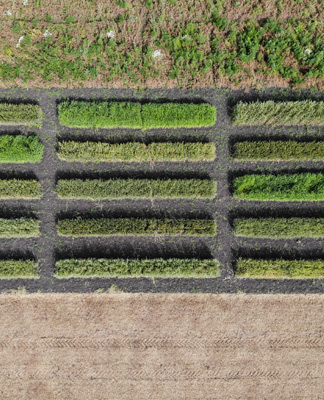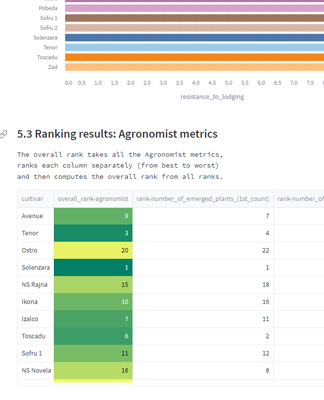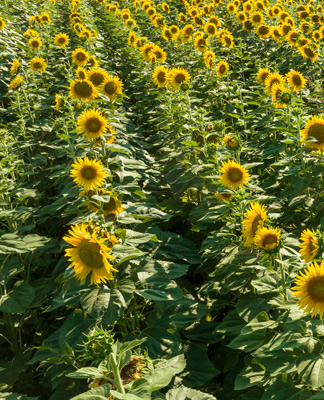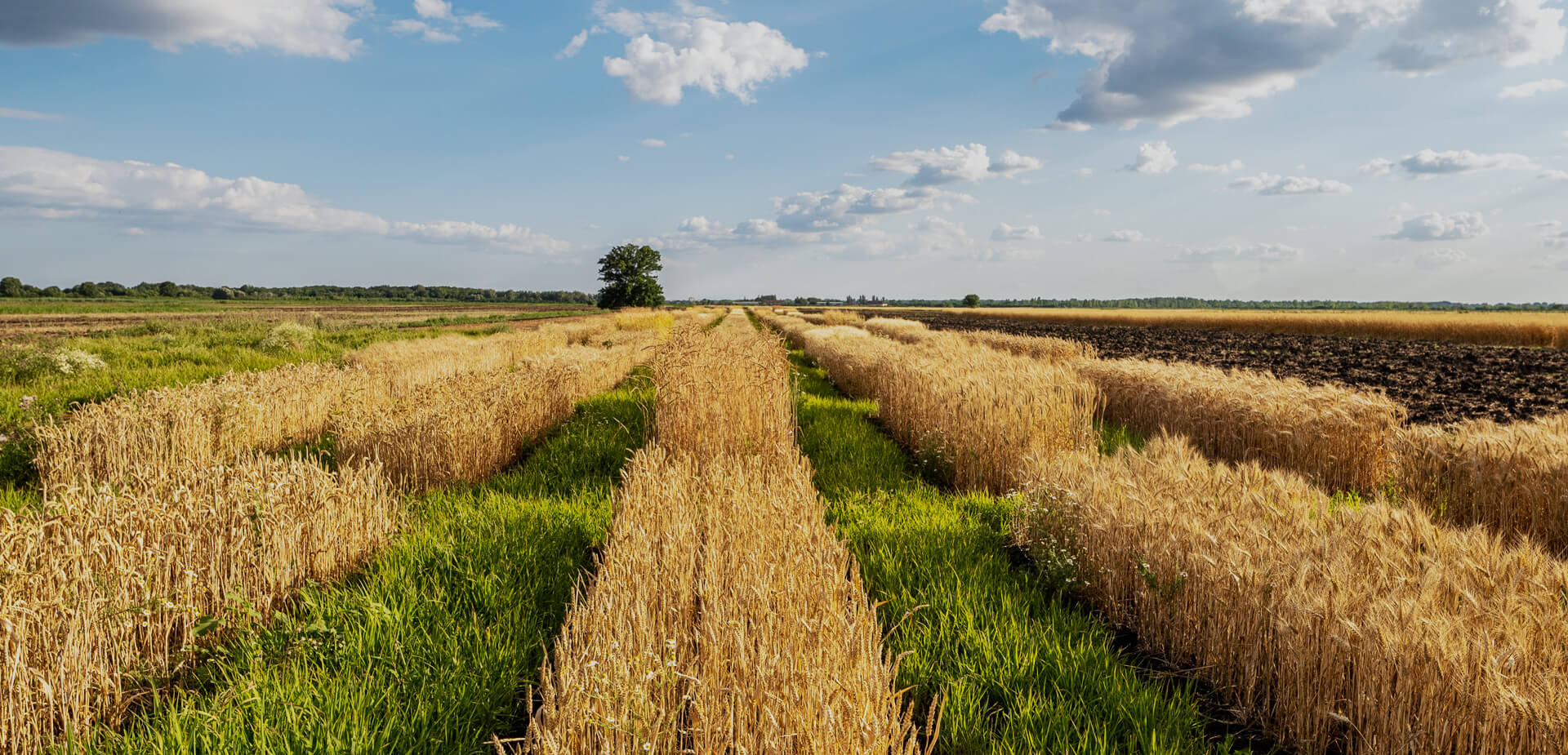
The four strategic crops
We’re selecting new crop species and breeding new varieties that successfully grow in organic cultivation practices, making artificial fertilizers, herbicides, and pesticides used in conventional high-input agriculture a thing of the past
-
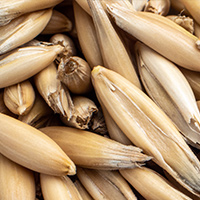 Oat
Oat
-
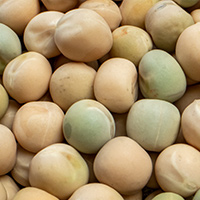 Pea
Pea
-
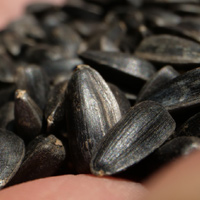 Sunflower
Sunflower
-
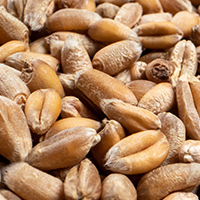 Wheat
Wheat
The strategic crops we’ve selected provide the most calories in our diets, and will thus continue being key to the future of food. Every season, we’re adding new crops to broaden biodiversity and enhance sustainability.
Our Achievements so far
Three new alternative crops
After preliminary trials, we identified three crop species as potential alternatives to existing production crops: Popcorn and Borlotti beans for food crops, and Black-eyed peas for green manure. We’ll run additional trials to improve cultivation practices before moving them to production.
Best pea varieties
With an average of 20.25% protein content and 3.64 t/ha yield, we identified the Flokon pea variety as the best for grain production against five other peas varieties.
Best wheat varieties
The Ikona and Izalco winter wheat varieties performed best in screening trials against 19 other genotypes. They have a high protein content (> 13%), acceptable yield (> 5,6 t/ha), high hectolitre mass (> 81 kg/hl), and a high resistance against Yellow stripe rust disease.
Crop Approval tool
This tool standardizes and speeds up alternative crop trials and analysis, before heavily investing in scientific research.
Cultivar Ranker
This tool simplifies the analysis of 50+ metrics when screening multiple varieties, breaking ties between different varieties and offering a clear ranking system of the best variety per use case.

Subscribe to our newsletter for the latest news on crop selection.

The Three Areas of Our Research
Our evidence-based approach tests crops species and varieties over multiple research trials to determine which ones are best-suited for organic farming.
We have three areas of research, each answering a specific question.
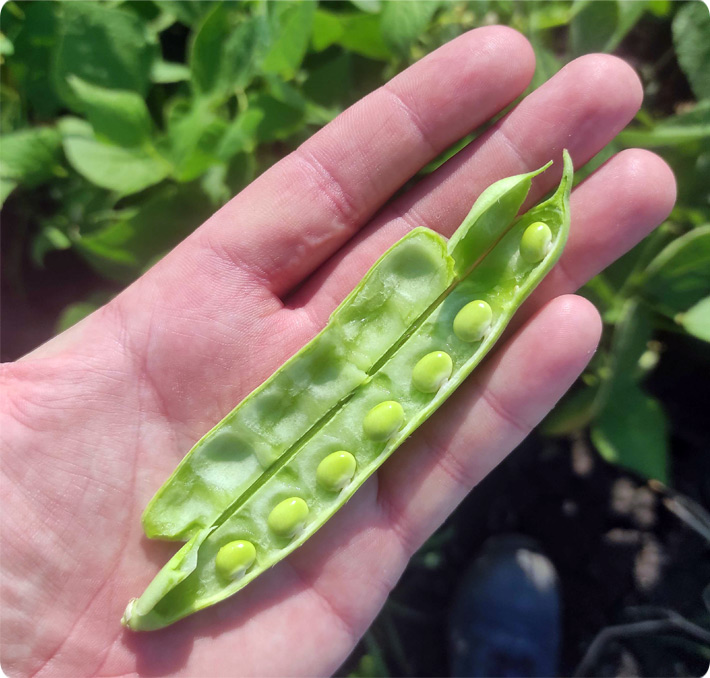
Area 1: Can a new alternative crop grow in our environment?
Preliminary trials
We plant promising alternative crops and monitor them closely from sowing to harvest to understand the possibilities for farmers in specific geographies.
If they pass our quality standards (protein content, yield, disease resistance, etc.) in preliminary trials, we move them to more advanced trials (Area 2) or directly to field production.
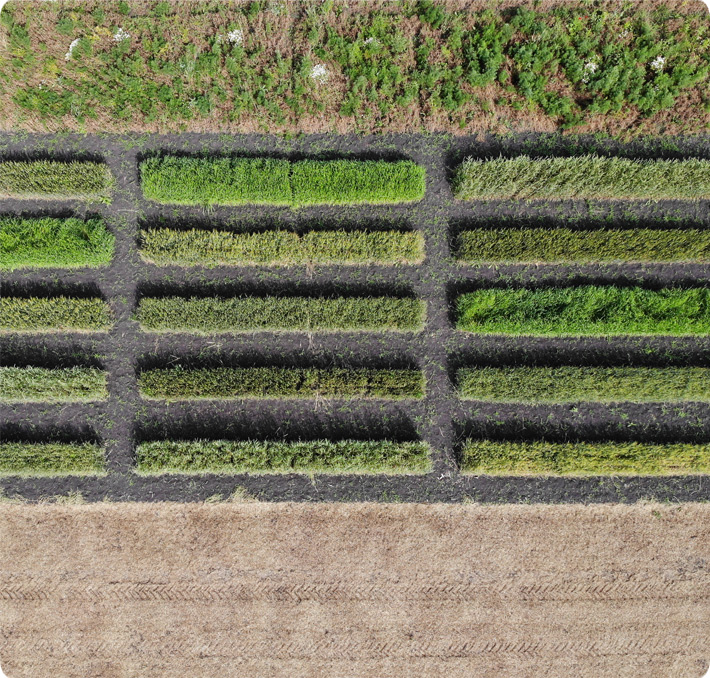
Area 2: Which variety grows best?
Screening trials
Every crop species comes in many different genetic variations. For instance, wheat has 1000+ registered varieties worldwide.
Each variety responds slightly differently to its environment. Some grow taller, others produce more protein in their seed. So we test multiple varieties – side by side – and compare them using 50+ metrics.
From yield to disease resistance, we run experiments to select the best varieties for our growth conditions.
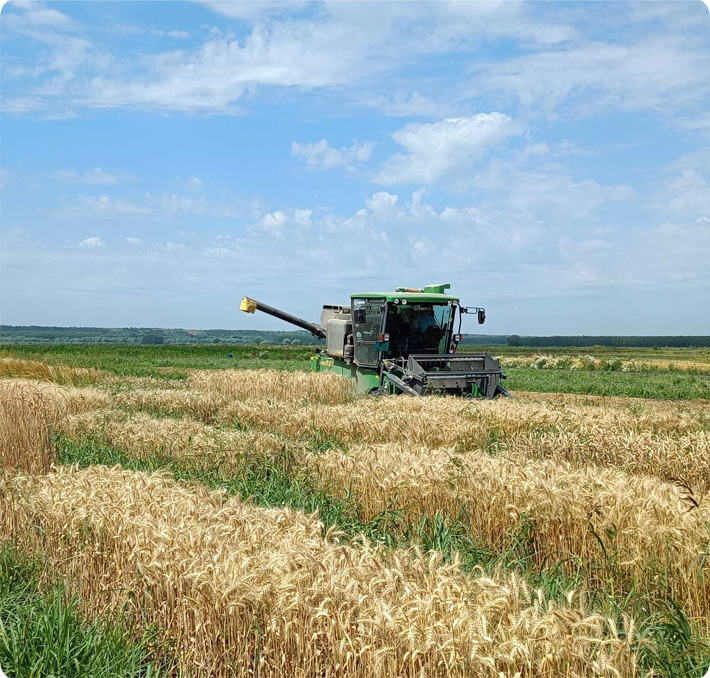
Area 3: How to sow a variety to get the most out of it?
Sowing norms trials
To successfully grow a crop, you need to sow it correctly.
Some crops prefer dense seed sowing, while others thrive with more space between one sowing row and another.
We run experimental trials that change the sowing norms, to determine the optimal conditions for each new crop’s growth.
To support the transition towards livestock-free sustainable production, our knowledge and solutions will be shared with the world for free.
Subscribe to our newsletter for our latest news.
